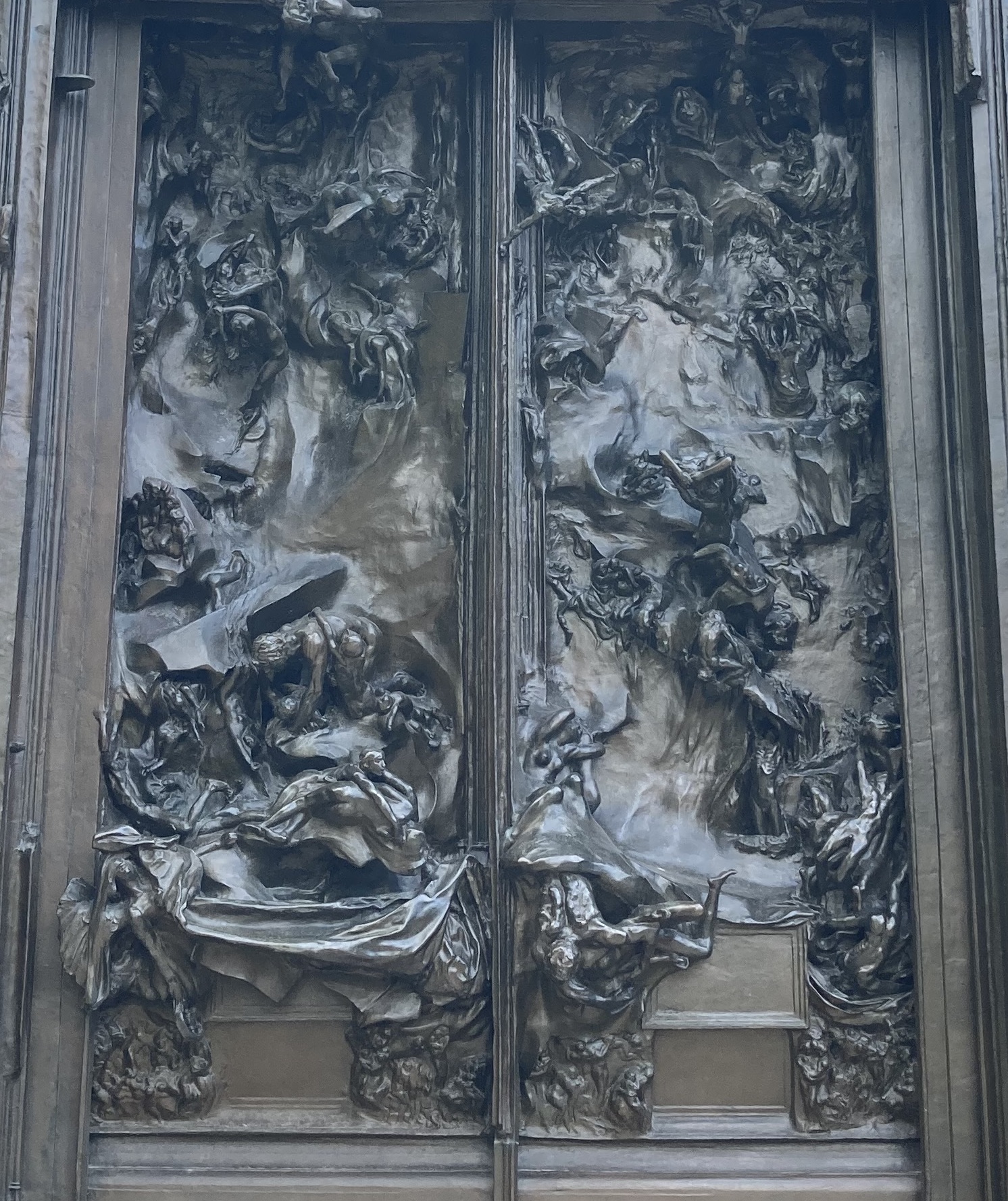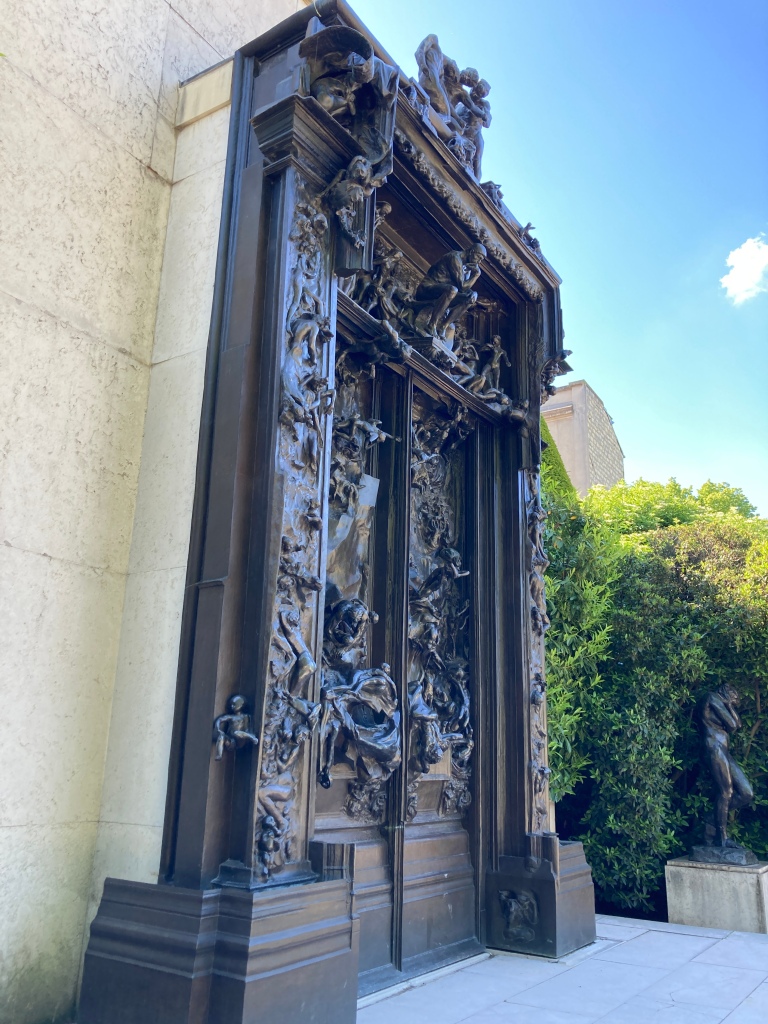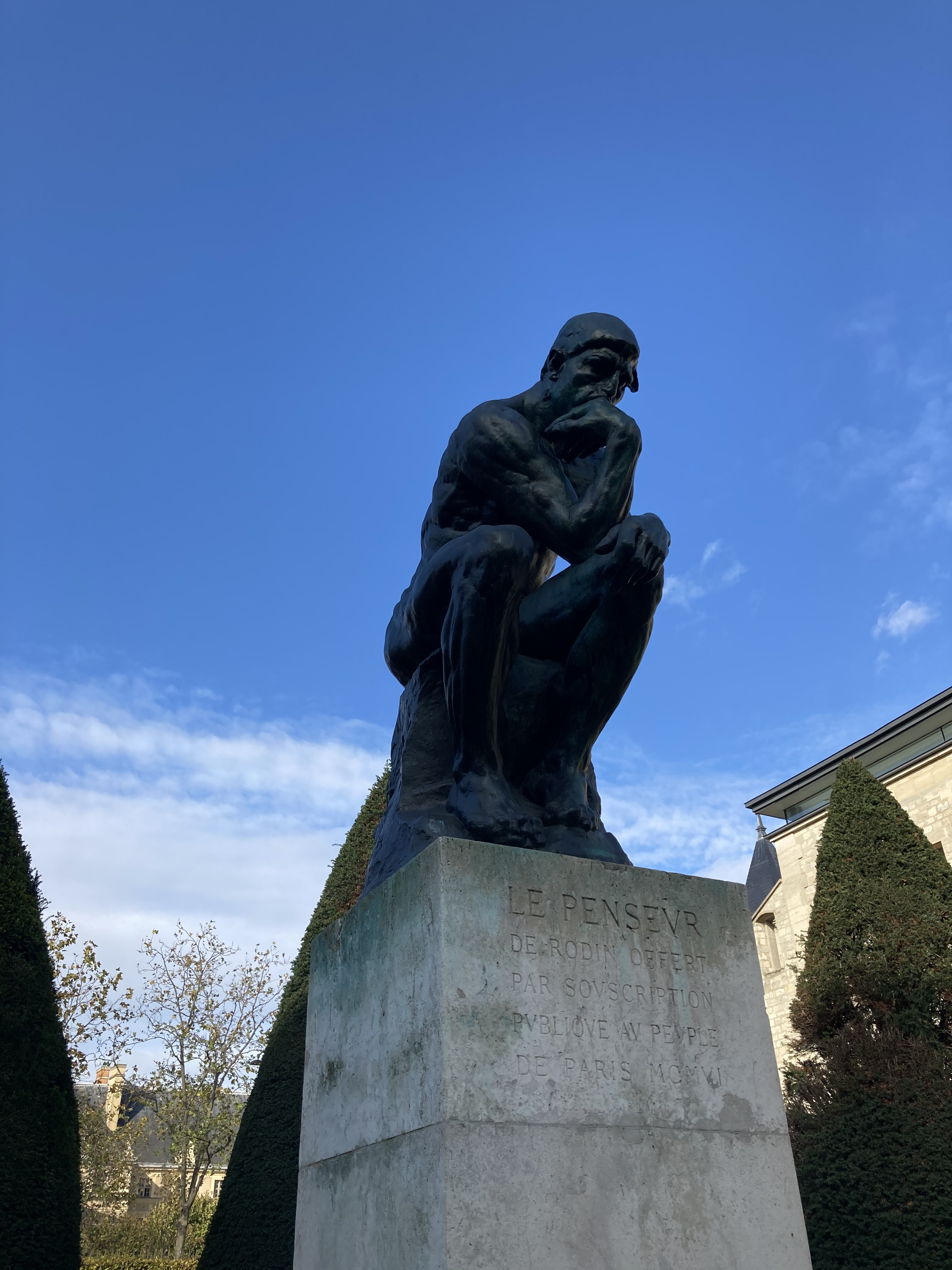
“The Devil pulls the strings which make us dance; We find delight in the most loathsome things; Some furtherance of Hell each new day brings, And yet we feel no horror in that rank advance” – C. Baudelaire.
There is something very true in this Baudelaire’s quote and I am not referring just to moral habits but also to plastic art. It is a matter of fact that hell’s representations always fascinated me and – I am sure – many of you. It also seems that depicting the underworld unleashes artists’ creativity, giving them that freedom they often lacked of when working on more canonical subject matter. In particular there is one Hell that always mesmerized me: Rodin’s La Porte de l’Enfer.
Commissioned in 1880 by the Directorate of Fine Arts to be the new entrance to a newly planned Museum of Decorative Art, The Gates of Hell was supposed to be delivered in 1885 but it never was. Rodin spend 37 years working on it and eventually died before seeing it casted in bronze. The project becoming more and more complex, he created about 200 figures that formed a breeding ground for ideas he drew on for the rest of his career. Looking at it it’s like drowning in a parallel universe, made of bodies and contortions, in which you can recognize many of the most famous works by Rodin: Les Trois Ombres, Le Penseur, Le Baiser, Ugolin… It is a journey in the Inferno but also in the artist’s practice and artistic vision.
If you are asking yourself why the Directorate wanted hell to be represented on the museum’s main door the answer is simple: it did not. The decoration should have been dedicated to Dante’s Divina Commedia but Rodin skipped Purgatory and Heaven to focus all his attention on hell. Great reader of Dante he may have been the one who suggested the theme and he probably thought of Dante’s warning over the entrance of the Inferno “Abandon every hope, who enter here” to conceive this massive gate inspired to both, Ghiberti’s Gates of Paradise in Florence and the French cathedrals’ portals combining high and low relief. Rodin said: “For a whole year I lived with Dante, with him alone, drawing the eight circles of his inferno. […] At the end of this year, I realized that while my drawing rendered my vision of Dante, they had become too remote from reality. So I started all over again, working from nature, with my models”. Concerning inspiration, it is also difficult not to recall Delacroix’s The Barque of Dante, Balzac’s La Comedie Humaine and Baudelaire’s Les Fleurs du Mal, from which the quote at the beginning of this post is taken. The sensuality we can easily read in The Gates of Hell is clearly from the symbolist poet and Baudelaire’s incipit of the poem “Beauty” always sounds to me like a description of this incredible work: “I am fair, O mortals, like a dream carved in stone”.




Unfortunately Rodin could not finish the Gates on time for the 1889 Exposition Universelle so he stopped working on tit in 1890s. In 1900, he decided to finally unveil his masterpiece at his first solo exhibition in Paris. But what happened to the Decorative Art Museum? It never saw the day. What did saw the light was a Musée Rodin and in 1917 Léonce Bénédite, its first curator, managed to persuade the sculptor to allow him to reconstruct the Gates and have it cast in bronze.
Today, you can see The Gates of Hell in two Parisian museum. The bronze version is in the beautiful garden of the Musée Rodin while the plaster version is in the Musée d’Orsay.







Nice Post!
LikeLike
Thank you! I love The Gates of Hell. I think it is my favorite sculpture in all Paris.
LikeLike